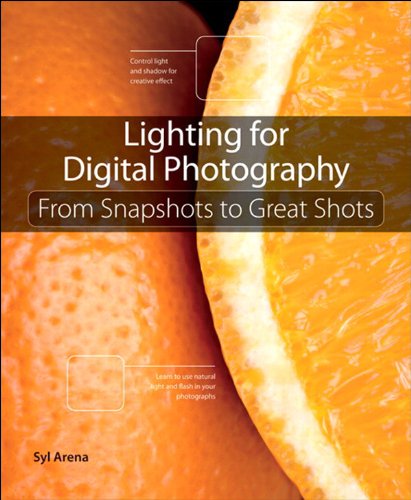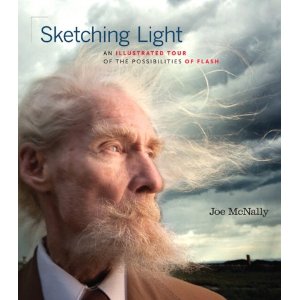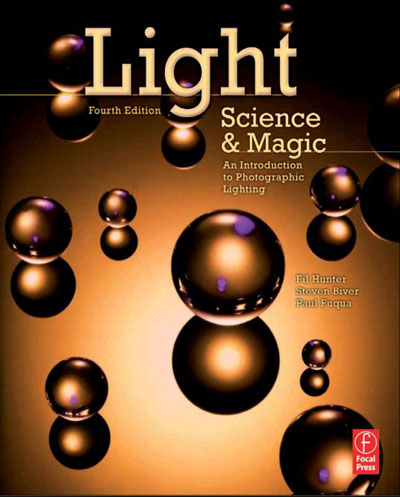In photography, light is king. It dictates everything. No, really. I mean everything. Lens and equipment choices, compositional decisions, exposure factors, vantage point- they all depend on the light, and at the end of the shoot, when the shutter comes down, your picture will only be as good as the light.
As I’ve said before, when you take a photograph, you’re not simply taking a picture of “The Thing,” you’re actually recording HOW the light hits, slams, kisses, graces, nudges, punches, whispers at, screams at or ricochets off of your subject. The merits of a great image depend more on the the quality, direction, color and intensity of the light as it affects your subject matter than any specific thing about your subject itself.
Don’t believe me? Go ahead think about some really iconic photographs, like Steve McCurry’s Afghan girl, or Galen Rowell’s most famous landscapes. Would they carry the same impact with crappy light? See what I mean?
So, with that in mind, you can see how imperative it is to understand light, how it affects your photographs, and how you can control it and make it work for you. No matter what you’re shooting, knowing how to use, shape and modify the light will make you a better photographer.
Here are three great books that can help educate you about light. They all come at the subject from a slightly different standpoint, so depending on where you are with your photography, you might find that one is more suited to you and your style. Any one of them will make a difference- really, anything you read and study will make a difference.
1. Light, Science & Magic, by Hunter, Biver and Fuqua
Think of this one as a textbook on light. Actually, Light, Science & Magic is often used as required reading for many high school and college photography courses. It’s a comprehensive theory on the nature, physics and principles of light, and it is regarded as the most fundamental guidebook to photographic lighting.
Light, Science & Magic is full of photos, illustrations and diagrams that help you understand the role of light and how it’s used as a tool in photography. The authors premise by saying that Light is the language of photography, and in order to master it, you need to know the grammar and vocabulary of light. The gist of this book is that light is not a fad, it’s physics. Grasp the basics, and you’ll be able to apply it however you want in your photographic style.
Light, Science & Magic is probably the best and most definitive guidebook on light. It’s a lot to digest, and while you probably won’t want to read the entire book in one sitting, it’s a great book reference manual to have on your photography bookshelf.
2. Lighting for Digital Photography, by Syl Arena
 On the other end of the spectrum, you have Syl Arena’s new book, Lighting for Digital Photography. It’s a much more easy to read, basic guide for photographers who want to better understand the basics of light. Syl is a great photographer and a solid author and teacher who knows how to explain things in simple terms.
On the other end of the spectrum, you have Syl Arena’s new book, Lighting for Digital Photography. It’s a much more easy to read, basic guide for photographers who want to better understand the basics of light. Syl is a great photographer and a solid author and teacher who knows how to explain things in simple terms.
In Lighting for Digital Photography, you’ll see how to see, use and modify the light so that you can start taking better, more compelling pictures. It’s full of very straightforward illustrations and photos that cover a wide variety of subjects, both inside and out. He covers that qualities of natural light also talks about using flash and light modifiers, such softboxes, umbrellas and diffusion panels.
This book is definitely more basic than Light, Science & Magic, but it’s a quick, practical and effective guide for those who are new to photography. The Kindle version of Lighting for Digital Photography only $9.99, which makes it a pretty affordable choice as well.
3. Sketching Light, by Joe McNally
 Then there’s Joe. Joe knows light. Joe wrangles light. Joe owns the light. He’s been experimenting with light for forty years, and in that time, he’s come up with some amazing stuff.
Then there’s Joe. Joe knows light. Joe wrangles light. Joe owns the light. He’s been experimenting with light for forty years, and in that time, he’s come up with some amazing stuff.
Sketching Light is a journey through the mind and methods of a master photographer, and a class on how to push your creativity when it comes to using camera flashes. He walks you through a number of different shoot, explains what worked, what didn’t and shows you what goes into his final images.
Joe’s technical skills and his “let’s try this” style, combined with his honest wit and wisdom, make for an excellent learning resource for photographers who are interested in expanding their own creative boundaries with flash. If you want to study a master in action and apply it to your own photography, then Sketching Light is a great option. I’ve learned more from Joe’s books than any other photographer when it comes to using flash.
I will point out that like his other books, this one is geared around Nikon flashes. However while specific settings and gear will vary, the techniques and creative ideas are applicable to any flash and camera system.
Shameless Plug: If you’re interested in using flash, check out my own eBook, Going Fast With Light. In this 83 page manual, I show you effective lighting schemes that allow you to get great light with just one or two flashes, even if you’re an outdoor photographer who likes to pack minimal gear.
I also show different methods for triggering remote flashes, and I present an entire array of tips, techniques, equipment and light modifying tools that you can adapt for use in your own style. These are lighting rigs that are all highly portable, that let you achieve professional results without compromising your own fast moving style.

